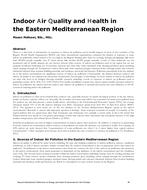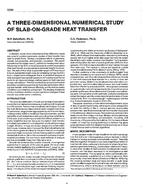This paper presents the results of a study performed by the Athena Institute and Morrison Hershfield Consulting Engineers on the embodied environmental effects of existing historic buildings and the benefits of retaining an existing building rather than constructing a new building. The project team applied the concepts of life-cycle analysis and whole-building energy simulation in assessing the material and operational environmental effects of an existing renovated building and a comparable new building. Life-cycle assessment was performed using the freely available Athena® EcoCalculator for building assemblies (AI 2009a), while whole-building energy simulation relied on Natural Resources Canada’s Screening Tool for New Building Design (NRCan 2010).
The methodology was applied to four case studies, each a real building in a different Canadian location. The work involved obtaining architectural drawings, utility bills, and renovation histories for each of the four buildings and included site visits, exploration of improvements to the existing buildings (for energy efficiency), and obtaining energy use records. The case studies also included the development and comparison of fictional new buildings using conventional new building assemblies. In the interest of brevity, only one case study is presented in this paper.
The results demonstrate that significant environmental impacts can be avoided by preserving an existing building instead of demolishing it and building a new building, provided there is a focus on energy conservation in historic building renovation. The operating energy analysis supports a conclusion that such embodied effects are unlikely to be overshadowed by operating energy concerns if a building has been properly renovated.
Citation: Thermal Performance, International Conference, 2010
Product Details
- Published:
- 2010
- Number of Pages:
- 9
- File Size:
- 1 file , 600 KB
- Product Code(s):
- D-BUILDINGSXI-158


